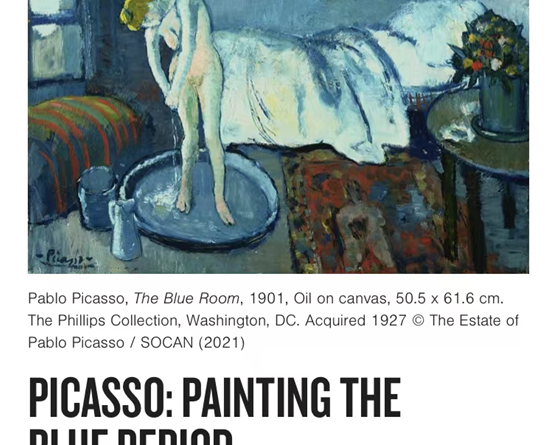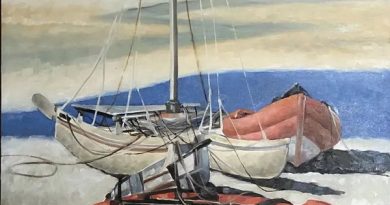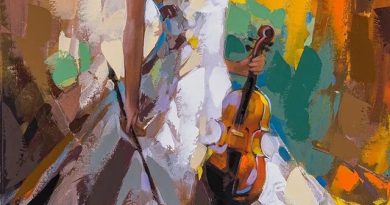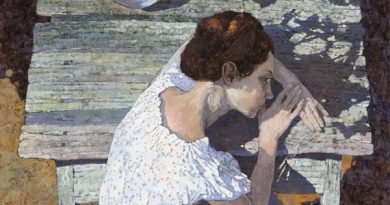安省美术馆毕加索画展观感
《国际艺术新闻网》记者兼之(Jenz), 特约记者吴佳逸(Zinnia)
1955年2月14日,毕加索完成了《阿尔及尔的女人》最终版(O版)时答友人说:“我承传了马蒂斯笔下的女性,尽管我还没去过东方,但那形成了我对那地方的印象”。为什么毕加索对东方艺术情有独钟呢?作为东方艺术工作者,我们怀着好奇心,观看了始于10月6日为期100天的安省美术馆(AGO)展出的毕加索蓝色时期的作品。
这些画作主要聚焦于1901-1906年期间,毕加索创作了以蓝色为主色调一系列作品,兼收并蓄了马蒂斯、塞尚、罗丹以及包括中国书法在内的东方艺术元素。
On February 14, 1955, when Picasso completed the final version of The Woman of Algiers (O version), he replied to his friend: “I have inherited the women depicted by Matisse. Although I have not been to the East yet, I still have my impression of that place.” Why did Picasso ardently love the Oriental art? As Asian art workers , we attended the Picasso Blue Period exhibition with curiosity at the Art Gallery of Ontario. The exhibition began on Oct. 6, 2021 and will last for 100 days. The paintings are mainly focused on the period from 1901 to 1906 in this exhibition. Picasso created a series of works in blue hue, innovating by incorporating Matisse, Cezanne, Rodin and Asian art elements including Chinese calligraphy.
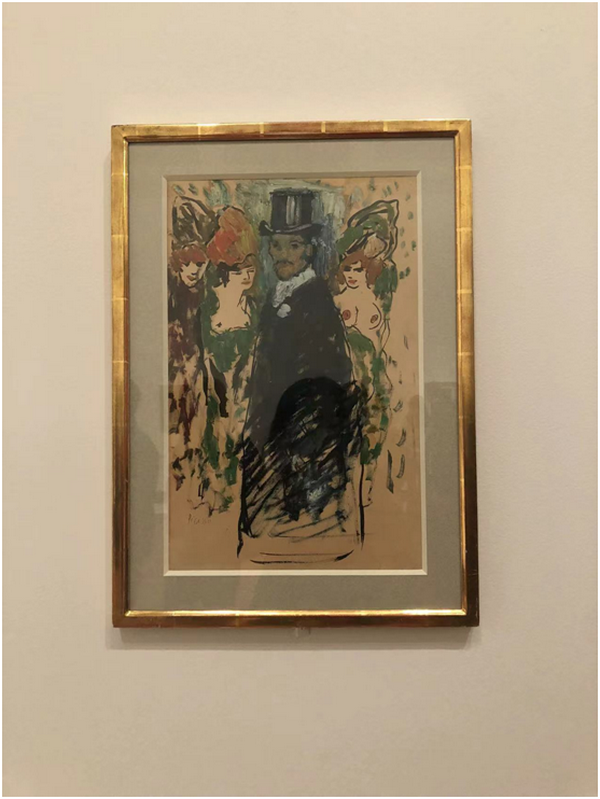
步入第一展厅,右手边的第一幅画就是这幅带着礼帽的男人。年轻的天才画家刻意避开光亮与深度的感觉,笔触粗粝强烈,带有东方书法意识的线条,勾勒皴擦,长画线条变化多端,点面漂浮灵动,直线与曲线交织,表现中间男士的硬朗利落,周围女士们的婉转婀娜形成对比。
Stepping into the first exhibition hall, We saw the paitings, the first one on the right is a man with a bowler hat. The young talented painter deliberately avoids the feeling of light and depth. The brushstrokes are rough and strong. The lines with the sense of Chinese calligraphy are outlined and rubbed. The long lines are varied and flexible. The dots and surfaces are floating and elegant. Tough and neat as the gentle man in the center contrasted with graceful ladies around.
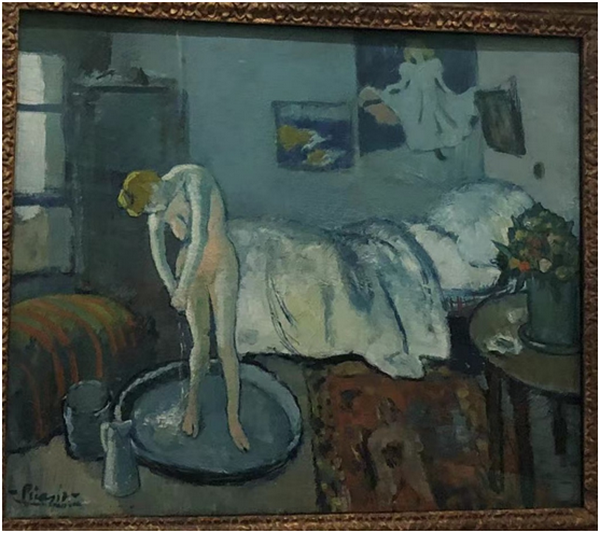
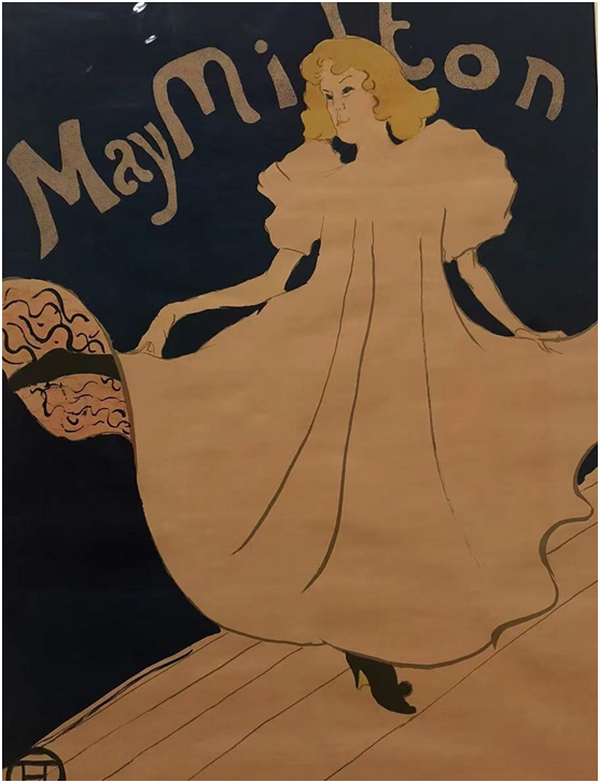
《蓝色房间》创作于毕加索20岁左右,是他转型到蓝色时期一幅很重要的作品,而从他的画中我们也可以一窥年轻的天才画家在摸索风格的初期是怎么向其他大师学习的。在《蓝色房间》我们可以看到一张Henri de Toulouse-Lautrec创作的海报 MAY MILTON,尽管二位从未相见,毕加索还是在自己的画作重复使用蓝、黄和白色的色调,以此表达对Lautrec的怀念。
而在画面主体的裸体模特在画室中洗澡的场景,模特两腿站立的姿势,手臂环绕身体,微侧过头的形态,也能看出罗丹的雕塑EVE的影子。
《蓝色房间》女模特身后白色被子上的褶皱,画中画女孩裙子上的痕迹,都是不同于传统西方画两个块面过渡形成的线,而是有意识的、刻意的创造出来的有质量的线条。裙袂翻飞起来让人想象起有画圣之称的吴道子的“吴带当风”的韵味。
The Blue Room was created by Picasso around the age of 20. It is a very important work during his transition to the blue period. From his paintings, we can also get a glimpse of the young talented painter’s initial exploration of the style, learning from other masters. In The Blue Room, we can see the poster May Milton created by Henri de Toulouse-Lautrec. Although the two painters never met, Picasso still used blue, yellow and white tones in his paintings repeatedly to express his respect to Lautrec.
And in the central scene where the nude model takes a bath in the studio, the posture model stands on her legs with her arms wrapped around the body, and her heads lightly turned sideways, indicating the influence of Rodin’s sculpture Eve.
The wrinkles on the white quilt behind the female model in The Blue Room and the traces on the girl’s dress in the post are all different from the lines formed by the transition of two blocks in traditional Western painting. They are consciously and deliberately created with high quality. The fluttering dress makes us imagine the charm of Wu Daozi, who is known as the painting saint of “Wu belt as style”(A traditional Chinese painting method to depict clothes).
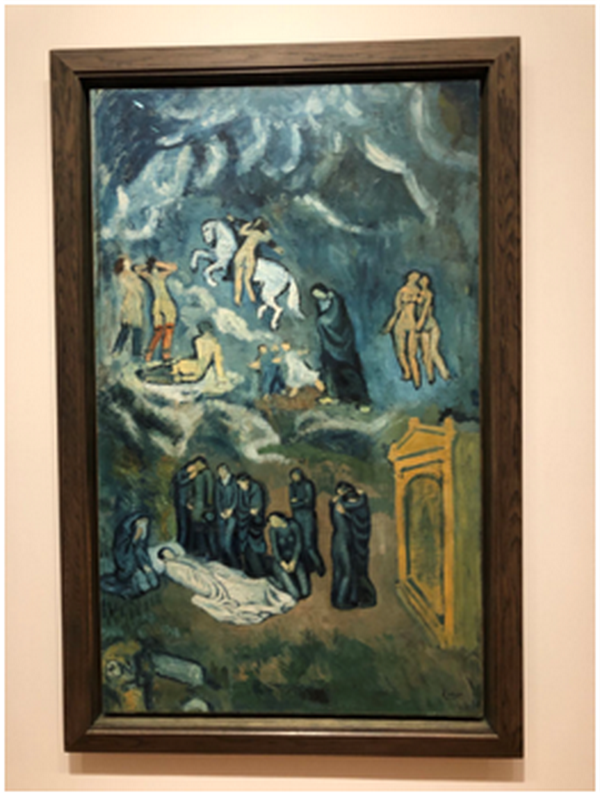
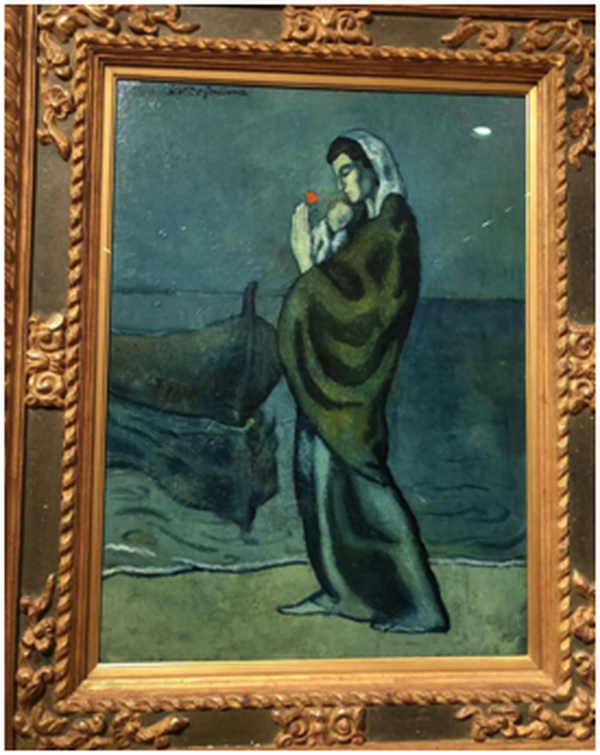
毕加索曾说“因为想到卡萨吉玛斯, 我才开始使用蓝色。”挚友的离去,巴黎浮华下的冰冷,他对自己犹疑,不确定可能都是蓝色时期沉闷的主调。这时的画作也能看出马蒂斯的影子。20岁出头的毕加索在贫民窟关注着现实的困苦,他描绘社会底层的各色人物,这些人瘦骨嶙峋,被社会抛到边缘,却依然自由而有尊严地活着。这时候人物身上的衣褶,背景中海浪波涛的线条,都有了比之前更深的表达,这些线条沉闷,愁苦,也是当时画家的情绪。
Picasso once said, “I started to use blue hue because of the thought of Casagemas”. The death of his best friend, the icy coldness under the glitz of Paris, and the doubt to himself might be the dull theme of the blue period. The shadow of Matisse can also be seen in the paintings at that time. In his early 20s, Picasso was concerned about the hardships of poor people in the slums. He portrayed various figures from the bottom of society. These people are skinny, thrown to the edge by society, but still lived with freedom and dignity. At that time, the pleats of the characters and the lines of the waves in the background had a deeper expression than before. These lines are dull and sad, which maybe also the mood of the painter.
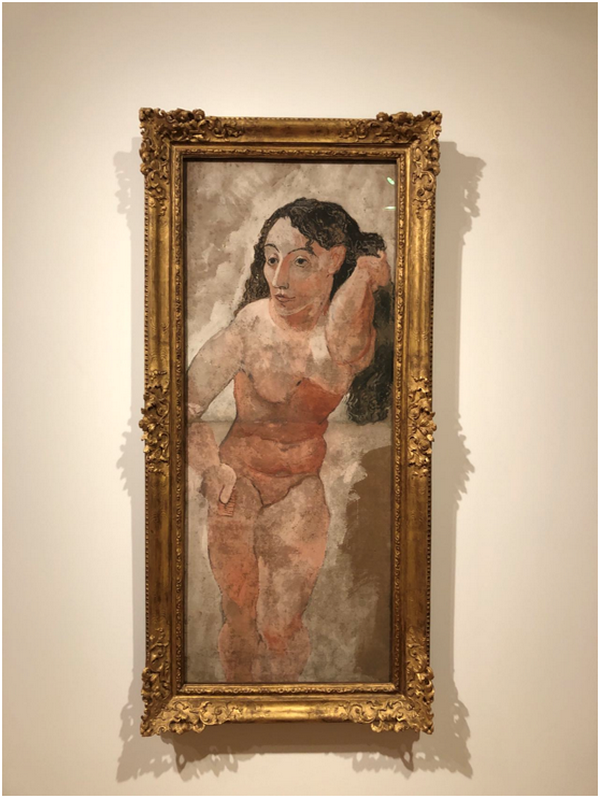
1904年,毕加索从巴塞罗那回到巴黎,他遇到了费尔南德,爱情的滋润让毕加索饱受摧残的心重焕光彩,让他从人生的犹疑困顿中解放出来,蓝色致郁的屏障被打破了,他的调色板上逐渐出现了鲜亮的颜色——毕加索的创作过渡到下一时期:“玫瑰时期”。而在这次展出的为数不多的粉色时期作品,两幅裸身女子梳着长发的作品格外引人注目。
And in 1904, Picasso returned to Paris from Barcelona, where he met his first lover Fernand. The nourishment of love rejuvenated Picasso’s torn heart and liberated him from the quagmire of life. The blue barrier was broken, and bright colors gradually appeared on his palette—Picasso’s creation entered the next transitional period: the rose period. Among the works in the rose period exhibited this time, two naked women with long hair are particularly eye-catching.
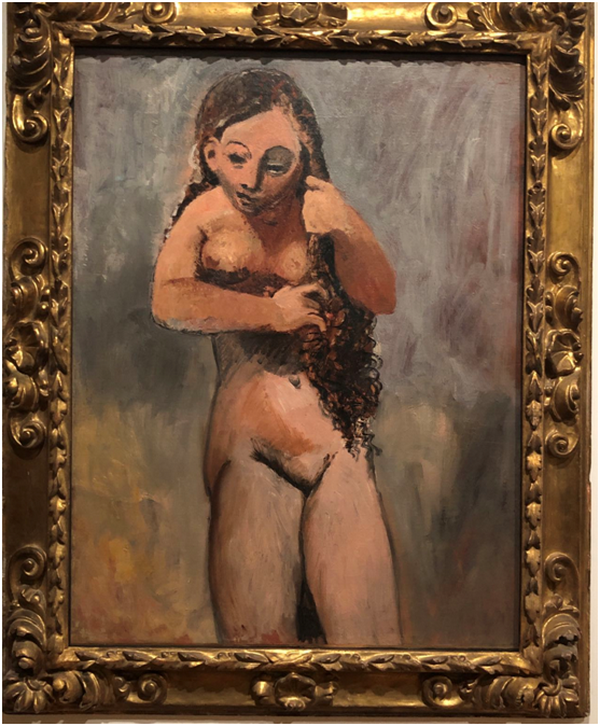
本次展览的压轴之作(上图),悬挂在展厅正中。画中女子卷曲的长发,线条短促蜷曲,排布乱中有序,展现了毕加索驾驭线条非凡能力。不禁让我们想到50年后(1956年),他和张大千会晤时说:“假如我生活在中国,我一定是个书法家,而不是画家”。
我们观赏此展时,深感沐浴在120年前的“东风”中,作为生活在北美的东方艺术工作者,倍觉任重而道远。
The finale of this exhibition (as above) is hung in the center of the exhibition hall. The woman in the painting has long curly hair. The lines are short and curly, and the arrangement is chaotic and orderly, showing Picasso’s extraordinary ability to control strokes. We can’t help associating this with what Picasso said 50 years (1956) later when he met Zhang Daqian: “If I live in China, I must be a calligrapher instead of a painter.”
When we watched this exhibition, we felt deeply bathed in the “East Wind” 120 years ago. As Asian art workers living in North America, we still have a long way to go.

